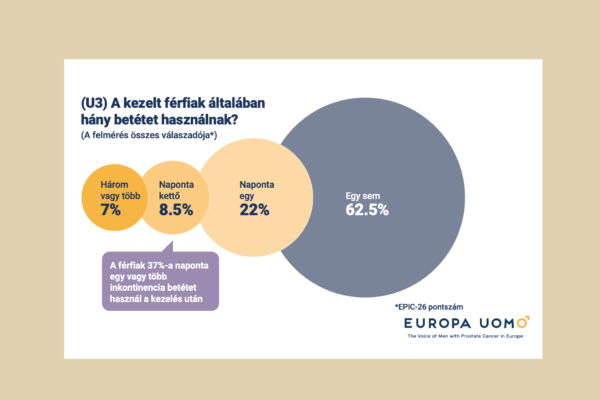|
||||||||
|
In this issue:
|
||||||||
 |
EU politicians hear the case for prostate screening |
|||||||
 |
EUPROMS presentation available in 17 languages |
|||||||
 |
New webinar: the truth about active surveillance |
|||||||
|
Prostate Research and Treatments
Statins Improve Survival Outcomes in Men On ADT |
||||||||
Why Did PCa Mortality Peak in the Early 1990s? |
||||||||
British Sniffer Dogs with a Nose for Prostate Cancer |
||||||||
|
Europa Uomo News
Europa Uomo News |
||||||||
|
Items of Interest
Global Media Coverage of the Benefits and Harms of Early Detection Tests |
||||||||
How mRNA Technology Could Change the World |
||||||||
|
FREE SUBSCRIPTION TO EUROPA UOMO MONTHLY UPDATE All previous issues are available on website: www.europa-uomo.org/newsletters/ |
||||||||
|
UPDATE is published by the Board of Europa Uomo for its member organisations. Editorial and production: Anja Vancauwenbergh. |
||||||||


